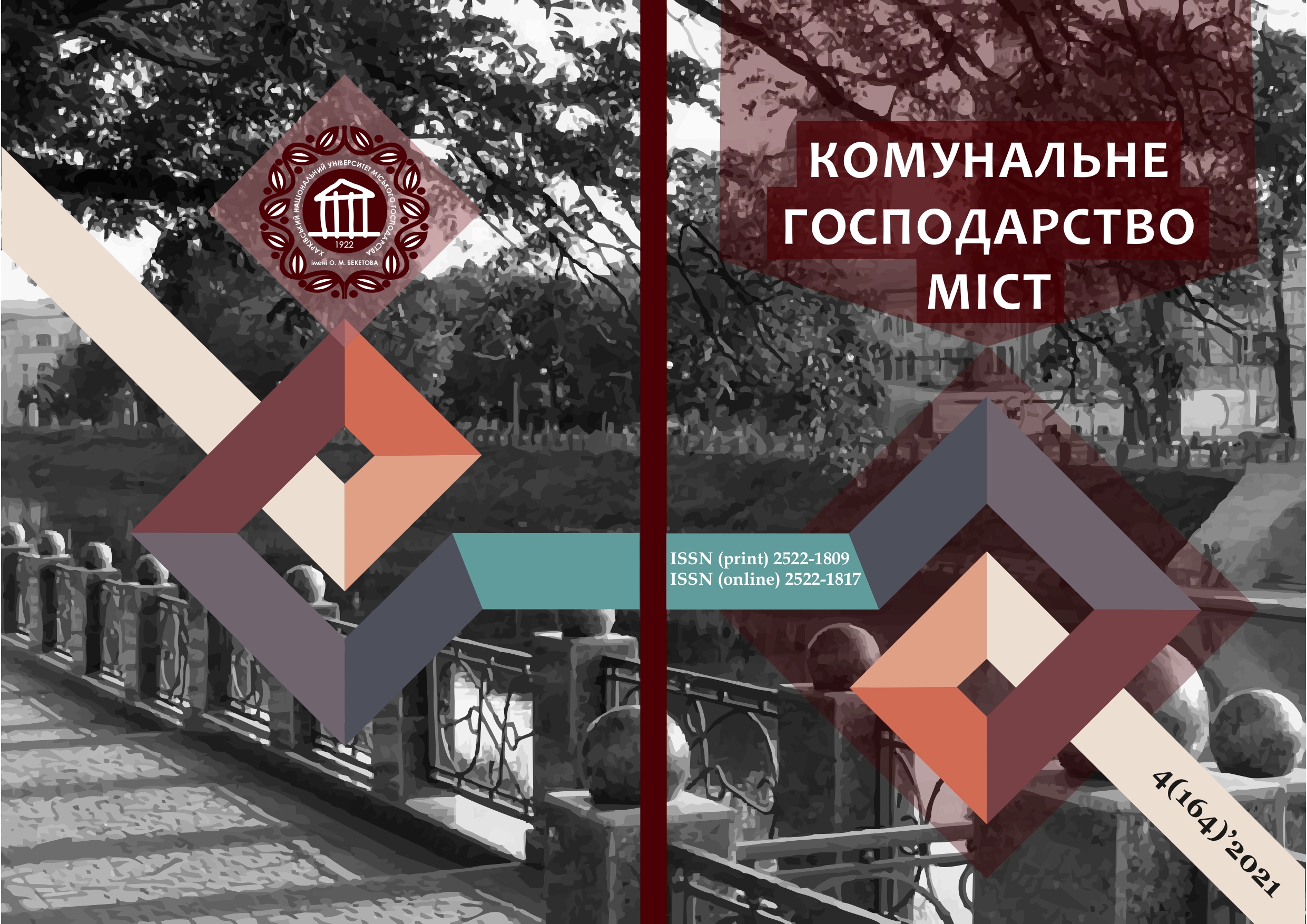RETROSPECTIVE ANALYSIS OF THE FORMATION OF THE ARCHITECTURE OF THE FIRST TOWN HALLS
Array
Keywords:
architecture, town hall, local self-government bodies, Magdeburg law, city.Abstract
The article considers the history of the origin and formation of the town hall architecture as the first building of local governments. Over the past century, most town hall buildings have lost their historical significance. This process is due to the improvement of local government in Europe. In addition, the reason for this was the development of autonomy of city government and civil liberties. This process was also influenced by the democratization of the life management procedures of the urban community.
From the beginning of its existence, the town hall was formed as the main public space of the city. This space was a place of judicial and public gatherings; the town hall was a centre of trade, as well as a core of theatrical and cultural events. Some town halls had a system of spaces of social interaction, such as closed halls, open and semi-open public rooms. The tendency of concentration of administrative institutions and service enterprises developed. This development took place through the integration of functional, spatial, organizational and technological structures into a single public-administrative complex. In modern town hall buildings, such components as assembly halls, session halls, exhibition halls, museum premises, offices of the City government and offices of fractions are kept until now.
References
2. Gimelfarb, F. (1999). Pages of German history (Tribes, kingdoms, empires). Weber Verlag.
3. Karel, K. (1971). Radnice. Ratushy. Town halls. Rathauser. Tiskova, Prague.
4. Polyvach, K.A. (2012). Cultural heritage and its impact on the development of regions of Ukraine. NAS of Ukraine, Inst. Of Geography, Kyiv.
5. Tokhterman, V. (1991). Cities and people. UNESCO Courier. March.
6. Gutnov, A.E., Glazychev, V.L. (1990). The world of architecture: The face of the city. Young Guard, Moscow.
7. Ptaśnik, J. (1934). Miasta w Polsce. H. Altenberg Księgarnia Wydawnicza, Lwów.
8. Grinchenko, B. (1959). Dictionary of the Ukrainian language. Vol. 4: R-Ya. Publishing House of the Academy of Sciences of the USSR, Kyiv.
9. Rybchynsky, O.V. (2005). City halls. Independent culturological magazine "I", 36, 42–48.
10. Die Geschichte des Kölner Rathausturms. URL: https://www.werkladen.de/rathausturm-koeln
11. Shovchko, V. Town Hall in Kamianets-Podilskyi. URL: https://zabytki.in.ua/uk/272/ratusha-v-kamyantsi
12. Demchyna, M. A large session hall is being repaired in the City Hall: dismantling works have begun. URL: https://city-adm.lviv.ua/news/government/268359-v-miskii-ratushi-remontuiut-velyku-sesiinu-zalu-rozpochaly-demontazhni-roboty
13. Polivach, K.A. (2007). Methods of research of character and degree of influence of cultural heritage on development of regions. Geography and modernity: coll. scientific works of the M.P. Dragomanov National Pedagogical University, Vol. 16, 42–49.
14. Gandziuk, R., Golovaty, M., Fedunkiv, Z. (2015). Monuments of history and culture of Ivano-Frankivsk. Book 1: Historical and architectural essay. Lileya-NV, Ivano-Frankivsk.
15. Town Hall, Ivano-Frankivsk. URL: https://ua.igotoworld.com/ua/poi_object/78484_ratusha-ivano-frankovsk.htm
16. [10. Ibid. – P. 116].
Downloads
Published
How to Cite
Issue
Section
License
The authors who publish in this collection agree with the following terms:
• The authors reserve the right to authorship of their work and give the magazine the right to first publish this work under the terms of license CC BY-NC-ND 4.0 (with the Designation of Authorship - Non-Commercial - Without Derivatives 4.0 International), which allows others to freely distribute the published work with a mandatory reference to the authors of the original work and the first publication of the work in this magazine.
• Authors have the right to make independent extra-exclusive work agreements in the form in which they were published by this magazine (for example, posting work in an electronic repository of an institution or publishing as part of a monograph), provided that the link to the first publication of the work in this journal is maintained. .
• Journal policy allows and encourages the publication of manuscripts on the Internet (for example, in institutions' repositories or on personal websites), both before the publication of this manuscript and during its editorial work, as it contributes to the emergence of productive scientific discussion and positively affects the efficiency and dynamics of the citation of the published work (see The Effect of Open Access).

